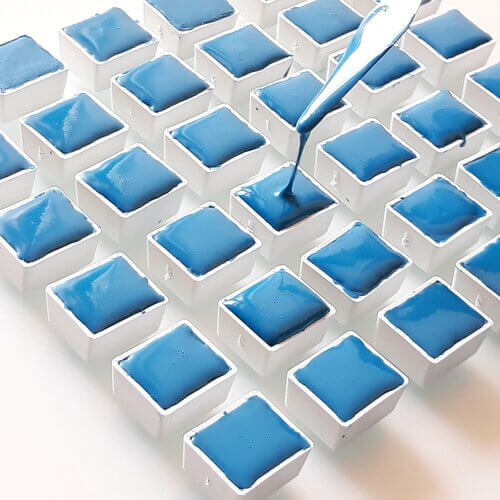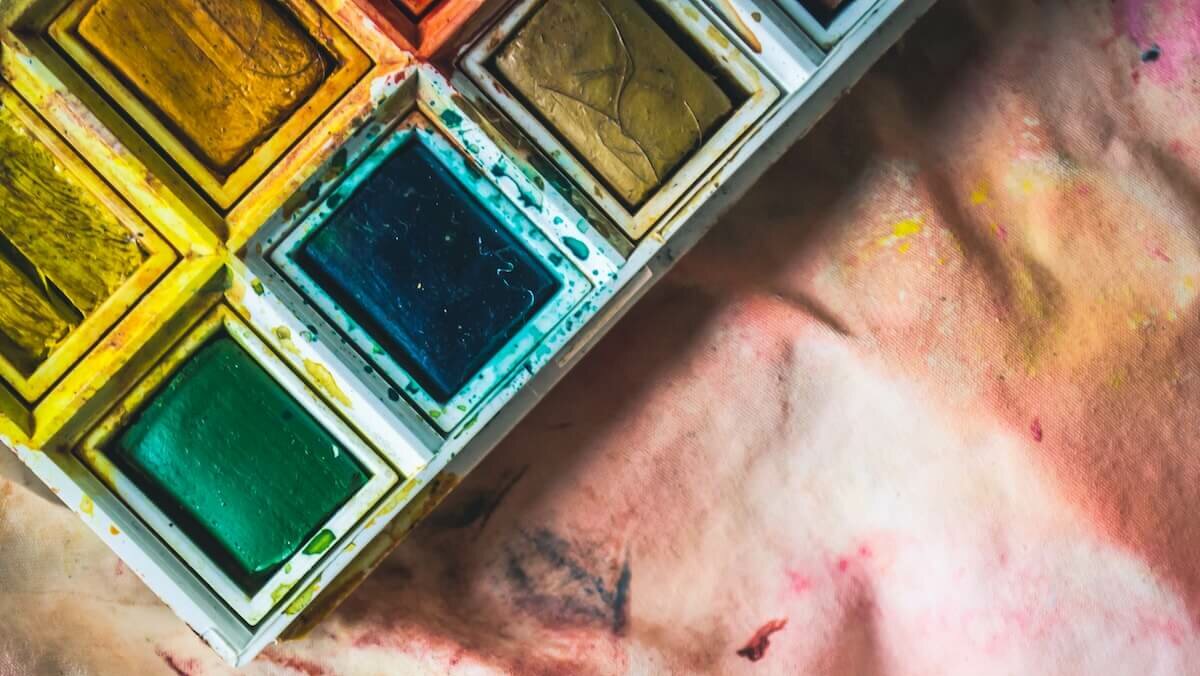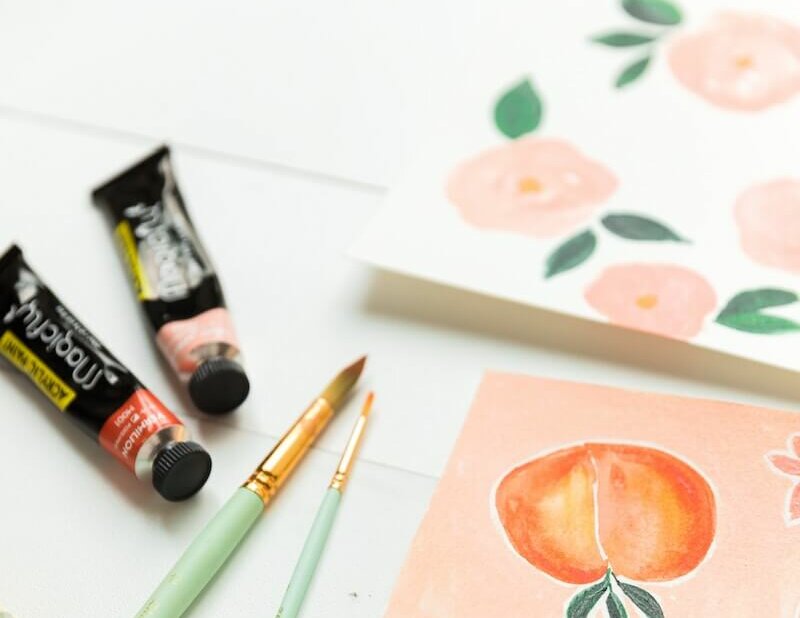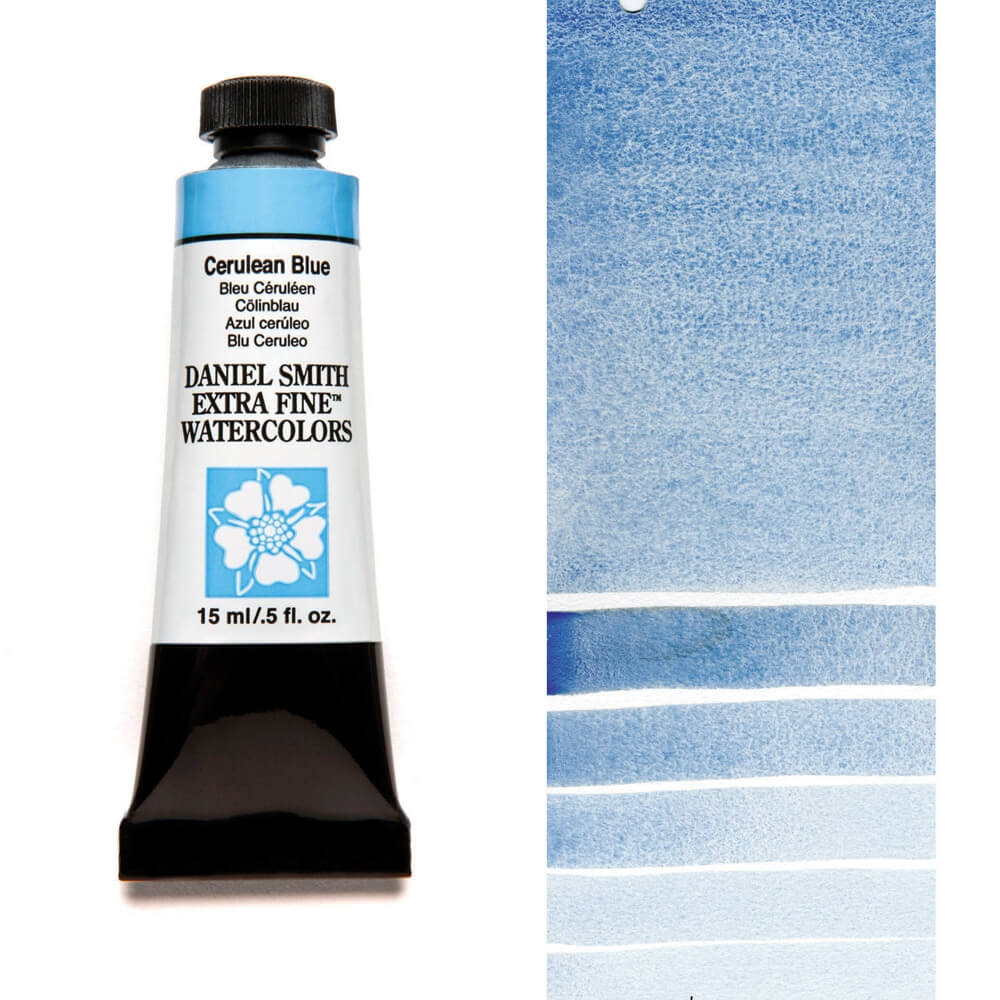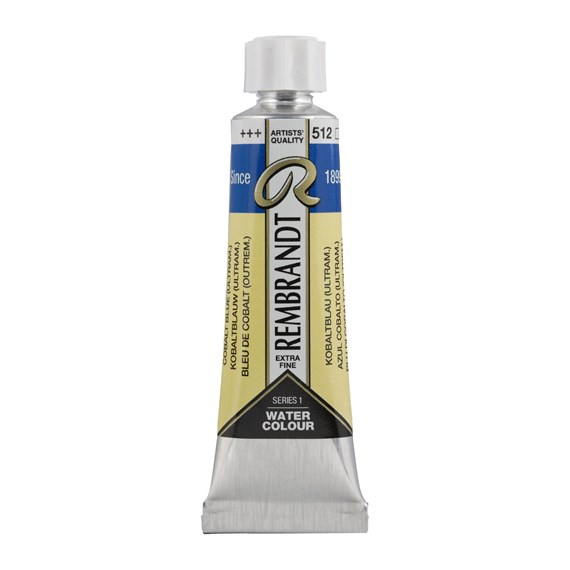If you are a watercolor enthusiast, you know that choosing the right paint color is crucial for your artwork’s success. The vast array of watercolor paint colors available can be overwhelming, and it can be challenging to know where to start. In this article, we will cover everything you need to know about different watercolor paint colors, from the basics to more advanced techniques.
Watercolors paint comes in different forms, including tubes, pans, and liquid. Tubes are the most common type and are ideal for artists who want to mix their colors. Pans are small, solid cakes of paint that can be rehydrated with water. Liquid watercolors come in bottles and are pre-mixed, making them ideal for beginners.

Learn more about specific watercolors
Yellow:
Winsor Yellow Transparent Yellow Cadmium-Free Yellow Indian Yellow Hansa Yellow Naples Yellow Deep Yellow Ochre Gold Ochre Naples Yellow Red Transparent Yellow Medium Permanent Lemon Yellow Azo Yellow Medium Gamboge Azo Yellow DeepOrange:
Cadmium Orange Winsor Orange Pyrrole Orange Permanent OrangeRed:
Cadmium Red Cadmium-Free Red Cadmium Red Deep Winsor Red Quinacridone Red Permanent Red Light Madder Lake Vermilion Carmine Permanent Red VioletPurple/Violet:
Cobalt Violet Ultramarine Violet Quinacridone Purple Bluish Cobalt Turquoise Blue Cobalt Blue (Ultramarine) Cerulean Blue Greenish Cerulean Blue Deep Quinacridone Purple Red Permanent Blue Violet Turquoise Blue Ultramarine Deep Phthalo Blue Turquoise Green Interference VioletBlue:
Indanthrene Blue French Ultramarine Winsor Blue Prussian Blue Phthalo Blue Phthalo Blue Reddish Interference BlueGreen:
Cobalt Green Viridian Terre Verte Perylene Green Olive Green Green Earth Permanent Yellowish Green Permanent Green Hooker Green Light Cobalt Turquoise Green Hooker Green Deep Phthalo Green Yellow Bluish Green Emerald Green Chromium Oxide Green Phthalo GreenUnderstanding Watercolor Pigments
The pigment in watercolor paint is what gives the paint its color. Pigments can be either natural or synthetic. Natural pigments come from minerals or organic materials, while synthetic pigments are created in a laboratory.
Watercolor pigments are classified by their transparency or opacity. Transparent pigments allow light to pass through, giving the paint a luminous quality. Opaque pigments are more opaque and can cover underlying layers of paint.
The lightfastness of pigments is also an essential consideration when choosing watercolor paint colors. Lightfastness refers to how well a pigment holds its color over time when exposed to light. A pigment with good lightfastness will not fade or change color over time.
Watercolor Pigments: A Comprehensive Analysis of Composition and Properties
Why Does Watercolor Stink: Unraveling the Odorous Mysteries
Watercolor Paint Tubes & their Benefits
A Gallo Watercolors – Read this before buying
Cerulean Blue Watercolor – All you need to know 2023
Cobalt Blue (Ultramarine) Watercolor – All you need to know 2023
History of watercolor manufacturing
The history of watercolor manufacturing dates back to ancient times when early civilizations used natural pigments mixed with water to create paintings. However, it wasn’t until the Renaissance period that watercolor became a popular medium in Europe. The first modern watercolor paints were made by adding gum arabic as a binder to ground pigments, creating a water-soluble paint.
In the early 18th century, William Reeves began manufacturing watercolor paint in England. He used gum arabic and other additives to create a more stable and consistent paint. Reeves watercolor paint quickly became popular, and by the end of the century, other manufacturers began producing watercolor paint as well.
During the 19th century, advances in chemistry and technology allowed for the production of synthetic pigments, which gave artists a wider range of colors to work with. Watercolor paint also became more widely available as manufacturers began mass-producing paints.
In the 20th century, watercolor paint manufacturers continued to innovate and improve their products. New binders, such as synthetic resins, were developed to improve the stability of the paint and make it more durable. Watercolor paint also became available in more convenient forms, such as tubes and pans.
Also see this video on how How Sennelier l'Aquarelle make their colors
Today, there are many watercolor paint manufacturers around the world, each offering a wide range of colors and formulations. Modern watercolor paint is made using a combination of natural and synthetic pigments, along with binders and fillers to create a stable and consistent paint. The manufacturing process typically involves grinding the pigments with a binder and then adding water to create a paint that is ready to use.
Watercolor manufacturers
There are several prominent watercolor paint manufacturers around the world, each with its own unique edge. Here are a few examples:
- Winsor & Newton: Founded in 1832, Winsor & Newton is one of the oldest and most well-respected manufacturers of art supplies. Their watercolor paints are known for their high-quality pigments, vibrant colors, and smooth consistency. Winsor & Newton offers a wide range of colors and formulations, including professional-grade paints and student-grade paints.
- Daniel Smith: Founded in 1976, Daniel Smith is a relatively new player in the watercolor paint market. However, they have quickly made a name for themselves with their innovative and high-quality products. Daniel Smith watercolors are known for their intense color and granulation, which gives paintings a unique texture and depth. They also offer a wide range of colors, including several unique shades that are exclusive to their brand.
- Schmincke: Founded in 1881, Schmincke is a German manufacturer of high-quality art supplies. Their watercolor paints are known for their smooth consistency and high pigment concentration, which makes them ideal for creating vibrant and detailed paintings. Schmincke also offers a wide range of colors, including several unique shades that are difficult to find from other manufacturers.
- Sennelier: Founded in 1887, Sennelier is a French manufacturer of art supplies, including watercolor paints. Their watercolor paints are known for their high pigment concentration, which makes them ideal for creating bold and vibrant paintings. Sennelier also offers a unique range of colors, including several shades that are made with rare and exotic pigments.
- M. Graham & Co.: Founded in 1996, M. Graham & Co. is a relatively new player in the watercolor paint market. However, they have quickly gained a reputation for their high-quality and environmentally-friendly products. M. Graham & Co. watercolors are made with natural ingredients, including honey as a binder, which gives them a unique texture and luminosity. They also offer a wide range of colors, including several unique shades that are difficult to find from other manufacturers.

